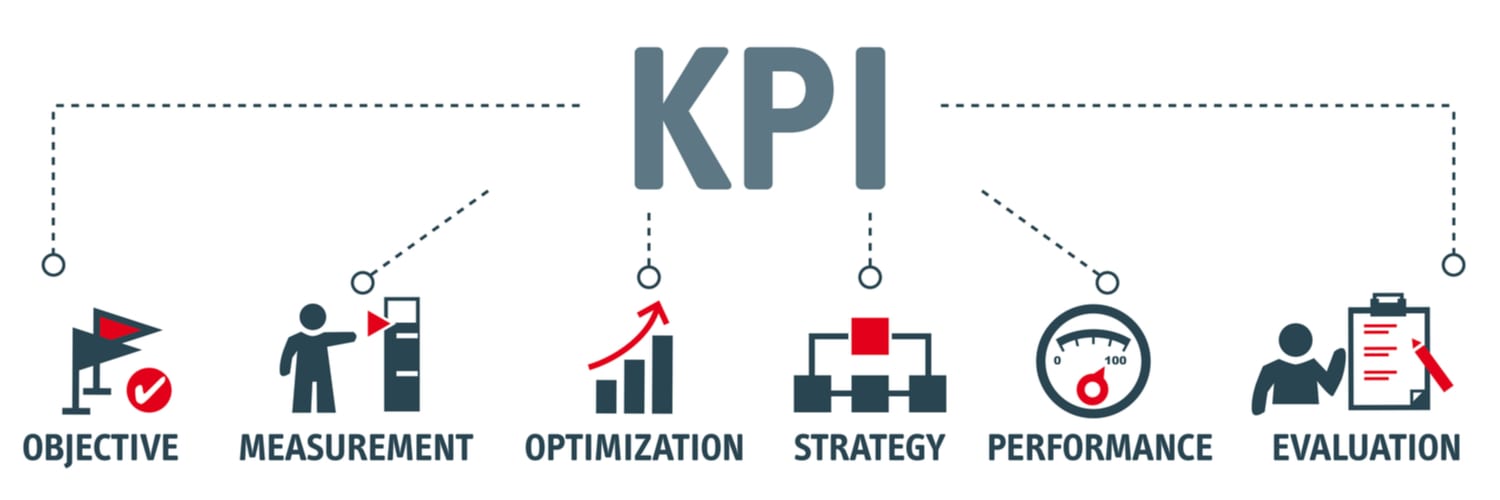Explainer and demo videos are powerful additions to any comprehensive digital marketing plan. However, to ensure you’re getting the best results and measuring your explainer and demo video ROI meaningfully, it’s important to monitor the right metrics and KPIs. Determining the value of a video asset starts with identifying the goals of your campaign and working backward from there. This is how you answer the question of which metrics truly matter most.

When it comes to measuring ROI for an explainer or demo video, certainly familiar hard metrics such as video views, viewer watch time, and conversion rates (especially subscribers and lead captures) are most directly helpful. Yet plenty of softer metrics can also be telling, despite being somewhat less objectively measurable.
With that in mind, which metrics best reflect the true ROI for a video?
Measuring Explainer and Demo Video ROI
To answer this question, it’s important to first agree on what we’re really trying to measure. ROI for a video, like any marketing effort, appears straightforward at first glance: What were the sales from video conversions in comparison to the cost of creating that video? But of course it isn’t quite that simple.
If your video’s goal isn’t to drive sales directly but rather to enhance brand awareness or achieve some other type of audience-impact goal, measuring sales or conversions might not tell you what you need to know. In addition, when an explainer or demo video is a well-placed part of your sales funnel, it can contribute to a successful capture without showing a direct 1:1 conversion. The key is to match your KPIs and their related metrics to your specific goals.
You may also set some “softer,” less objectively measurable metrics, such as how well a video helps drive awareness for your brand, how much it resonates with your audience on an emotional level, or how well it informs your prospects about a new product or service.
While your specific metrics will depend on your goals, some data points are more useful than others. What should you pay attention to? For starters, here are the most significant factors:
- Number of Views
- Watch Time
- Clickthrough Rate
- Social Engagement
Let’s take a look at these metrics for measuring explainer and demo video ROI in more detail.
 Number of Views (or View Count)
Number of Views (or View Count)
The most basic, essential metric to monitor is view count. It tells you how many people are actually finding and watching your videos.
One thing to be aware of is the source of your data on this metric, since it is measured differently by various analytics and hosting providers. For example, on YouTube, a view is 30 seconds. However, over on Facebook, a view is counted after someone watches for three seconds.
View count is a good baseline metric to gauge your video reach. It’s best for measuring progress toward awareness or impact goals. To optimize this number, focus on promoting your video more widely (or on different networks) and optimizing your video page, title, and accompanying description text.
 Duration of Watch Time per Viewer (or Watch Rate)
Duration of Watch Time per Viewer (or Watch Rate)
Watch rates measures the percentage of your video that viewers actually watch. This isn’t the same as view rate, since some viewers will hit play but then pause or click elsewhere. Then, you’ve lost them.
Some call watch rate a vanity metric, but that’s not necessarily true. This data tells you whether you’re actually getting through to your audience and whether they’re finding value in your video content. Thinking back to those soft metrics we discussed earlier, watch rate can help provide evidentiary support for this type of less-tangible impact. For example, someone’s watch rate can help answer a question of how well your video is resonating with your audience. (If a viewer doesn’t connect with a video, they most likely aren’t going to hang in until the end.)
To improve your watch rate, look closely at where viewers tend to fall off. Note that videos with a strong opening sequence or hook tend to prompt longer view sessions. Likewise, shorter videos tend to get watched in full more frequently than longer ones.
 Clickthrough Rate (CTR)
Clickthrough Rate (CTR)
How many people perform your video’s call to action? CTR is tied to the watch rate metric: If they don’t get to the call to action, then (obviously) they can’t click on it. That’s just one more reason why your watch rate and the average point at which a viewer bounces are such helpful metrics.
To improve your click-through rate, you’ll need to split test your call to action. Then you can optimize your videos based on those results. Think about your funnel here, too. If your video is excellent and has a strong, enticing call to action, wherever your prospect heads next should be just as engaging and well-executed.
 Social Engagement
Social Engagement
Social engagement metrics—like the number of comments your shared video receives when you post it to social media—help establish how well your videos are hitting your viewers’ sweet spot. Tracking how often your video gets shared socially can help you evaluate brand awareness and impact, as can keeping an eye on (and participating in) social media conversations about your videos.
To improve your social engagement metrics, look for ways to make sharing, commenting, and retweeting as easy and frictionless as possible. Prepopulated social share fields (including your account handle, so you can monitor more fully and participate in discussions) help too. Additionally, when you share your videos, explicitly tell people what you want them to do after they watch.
Choose the Right Metrics
Make sure your video platform and marketing automation tools are capable of capturing, measuring, and reporting in an informed way on your top metrics. Numbers are great, but to be actionable, they need to be displayed in a way that makes sense for human eyes and brains. Look for the story behind the numbers, told by the trends over time.
In the final analysis, it’s about achieving your business objectives. While we’d like to draw a straight line to connect the dots, sometimes it’s easier to see the true ROI of a video over time, both in ways we can measure and in ways we can’t.
Measuring explainer and demo video ROI starts with the right video assets. Have a project in mind? We’d love to connect. Get in touch or take a look at our recent projects.